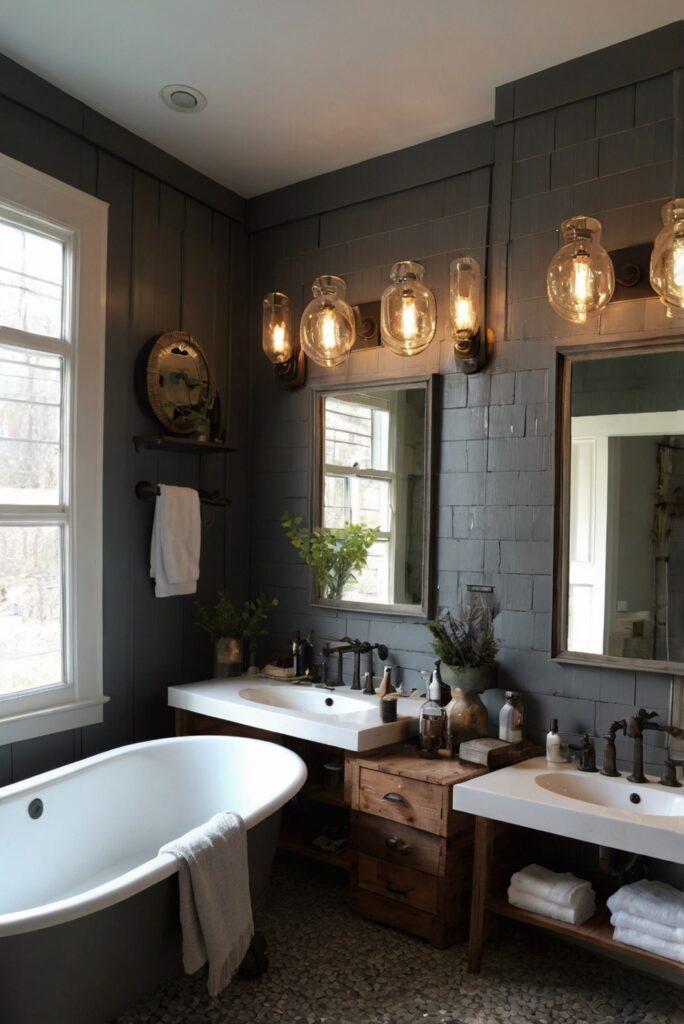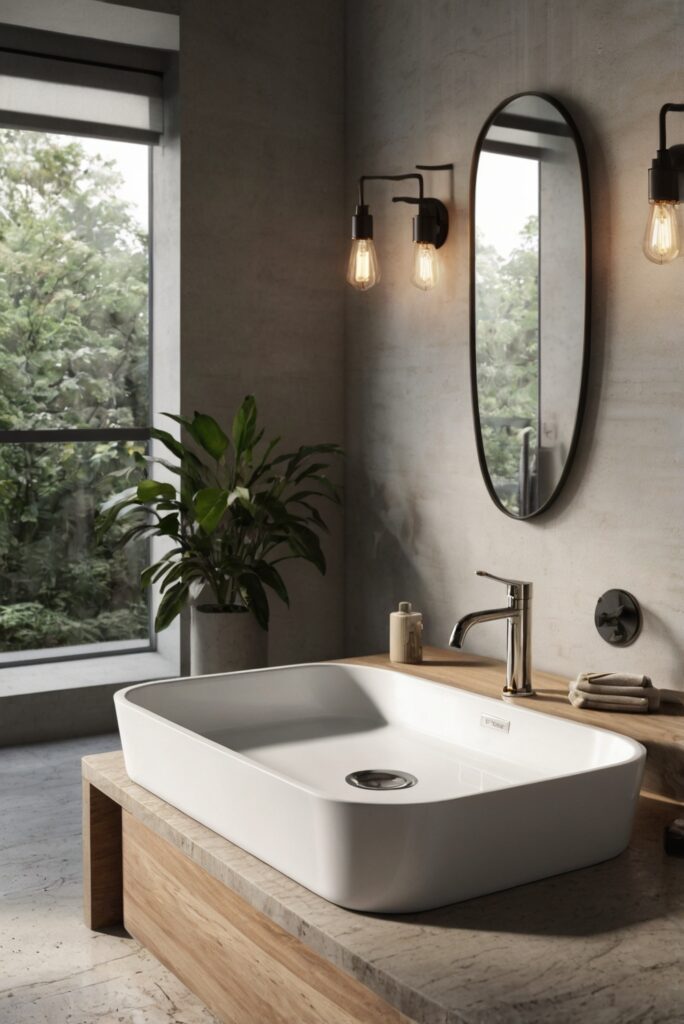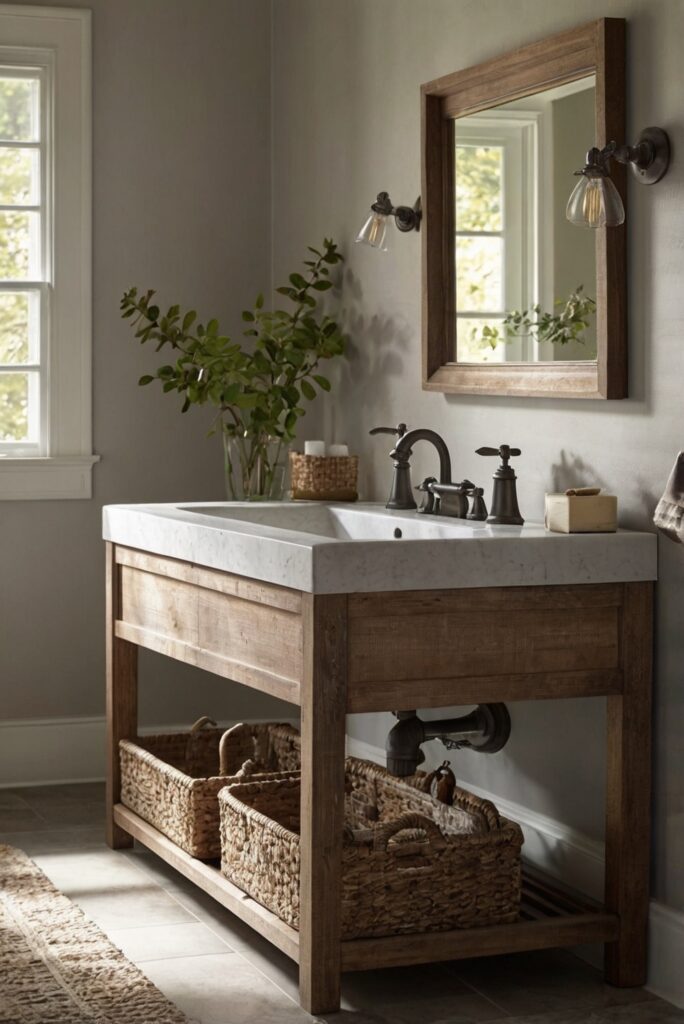Incorporate energy-efficient lighting into your daily interior designer routine with decor tips for selecting the perfect fixtures for your bathroom. Discover the best lighting solutions today.
To select energy-efficient lighting for your bathroom, consider using LED lights as they consume less energy and last longer than traditional incandescent bulbs. Additionally, opt for fixtures with the ENERGY STAR label to ensure high efficiency. Make sure to choose the right color temperature for the bathroom lighting to create a comfortable and inviting atmosphere. Use dimmer switches or motion sensors to control the lighting and save energy when not needed. Properly position vanity lights to eliminate shadows on your face when getting ready. Overall, selecting energy-efficient lighting not only benefits the environment but also helps reduce electricity bills in the long run.
How to Select Energy-Efficient Lighting for Your Bathroom?
When choosing lighting for your bathroom, it is important to consider energy efficiency to save on electricity costs and reduce your environmental impact. Here are some tips to help you select energy-efficient lighting for your bathroom:
Consider LED Lighting
LED lighting is highly energy-efficient and long-lasting. LED bulbs use up to 80% less energy than traditional incandescent bulbs and can last up to 25 times longer. Choose LED fixtures for your bathroom to save on electricity bills and reduce the frequency of bulb replacements.
Look for ENERGY STAR Certified Fixtures
ENERGY STAR certified lighting fixtures meet strict energy efficiency guidelines set by the U.S. Environmental Protection Agency. These fixtures use less energy and can help you save money on your utility bills. When shopping for bathroom lighting, look for fixtures that are ENERGY STAR certified.
Opt for Dimmable Lights
Dimmable lights give you control over the brightness of your bathroom lighting, allowing you to adjust the light levels based on your needs. This can help you save energy by only using the amount of light you need at any given time. Consider installing dimmable LED fixtures in your bathroom for added energy efficiency.
Consider Natural Lighting
In addition to artificial lighting, consider maximizing natural light in your bathroom to reduce the need for electric lighting during the day. Install skylights, larger windows, or light tubes to bring in natural light and brighten up your bathroom space.
Use Motion Sensor Lighting
To further enhance energy efficiency, consider installing motion sensor lighting in your bathroom. Motion sensor lights turn on automatically when someone enters the room and turn off when the room is vacant, helping to save energy by ensuring that lights are not left on when not in use.
By following these tips and selecting energy-efficient lighting options for your bathroom, you can save on electricity costs and reduce your environmental impact while still maintaining a well-lit and stylish bathroom space.
1. What are the key factors to consider when choosing energy-efficient lighting for my bathroom?
When selecting energy-efficient lighting for your bathroom, consider factors like the type of bulbs (LED, CFL, or halogen), color temperature (warm or cool), brightness levels, and dimmability. LED lights are the most energy-efficient option due to their long lifespan and low energy consumption. Choose bulbs with a Kelvin rating between 2700-3000 for a warm, inviting bathroom ambiance. Additionally, look for fixtures with the ENERGY STAR label, indicating they meet high energy efficiency standards.
2. How can I calculate the energy savings of using energy-efficient lighting in my bathroom?
To calculate the energy savings of switching to energy-efficient lighting in your bathroom, compare the wattage of your current bulbs to the wattage of the energy-efficient bulbs you plan to install. Multiply the wattage difference by the number of hours the lights are used daily, then divide by 1000 to get the daily kilowatt-hour savings. Multiply this by your electricity rate to determine your daily savings. Over a year, these savings can add up significantly, especially with LED bulbs that have a longer lifespan.
3. What are some popular energy-efficient lighting options for bathrooms?
LED strip lights are a popular choice for bathroom vanity lighting as they provide even, shadow-free illumination. LED recessed lights are another energy-efficient option for overhead lighting, offering a sleek and modern look. Motion sensor lights can also be used in bathrooms to ensure lights are only on when needed, further reducing energy consumption. Consider installing dimmer switches to adjust the brightness level based on your needs, saving energy while creating a relaxing atmosphere.
4. How can I maximize energy efficiency in my bathroom lighting design?
To maximize energy efficiency in your bathroom lighting design, opt for fixtures with integrated LED bulbs that are specifically designed for energy savings. Use task lighting around the vanity mirror for grooming activities and supplement with ambient lighting for overall illumination. Consider installing timers or motion sensors to control lighting usage and prevent unnecessary energy consumption. Natural light from windows or skylights can also reduce the need for artificial lighting during the day, further enhancing energy efficiency.
5. Are there any government incentives or rebates available for installing energy-efficient lighting in my bathroom?
Many utility companies and government agencies offer incentives, rebates, or tax credits for upgrading to energy-efficient lighting in your home, including the bathroom. Check with your local utility provider or visit the ENERGY STAR website to see if there are any programs available in your area. Taking advantage of these incentives can help offset the initial cost of purchasing energy-efficient lighting fixtures and bulbs, making it a more cost-effective and environmentally friendly choice for your bathroom.



